Recently, we received two wine samples from Trapiche Winery, one was a Malbec and the other a Cabernet Sauvignon. Trapiche Winery is well known for the Malbec wines it produces. Trapiche is located in Mendoza, Argentina. In addition to Malbec, Trapiche Winery also produces: Pinot Grigio, Syrah, Chardonnay, Cabernet Sauvignon, and Pinot Noir,
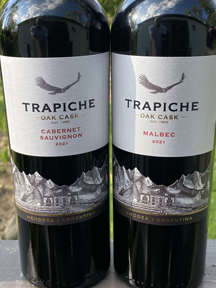
Trapiche Winery is more than a century old, as it was first established in 1883. In 2022, Trapiche vineyards are comprised of over 2,470 acres with grapes sourced from over 200 producers.
The wines produced by Trapiche are produced with sustainably grown grapes. Daniel Pi is the winemaker for Trapiche Winery.
Interestingly, the Trapiche Winery website includes information about the history of grapes noting that the Spanish conquistadors first transported grape varietals to South America in the 1700s. During the 1800s vineyards were planted in the Andes mountains foothills.
It is believed that Malbec arrived in Argentina in April 1853.
The grape industry suffered in the 1980s when the economy of Argentina collapsed. Then in the 1990s changes occurred including new technology and investment that allowed the wine industry to thrive.
When traveling to Argentina, consider a visit to the Trapiche Winery. Tours are offered every day.
Wines
Below are the wine notes for the two wine samples we received. Both wines retail for around $20. They would pair well with Memorial Day bar-b-cues.
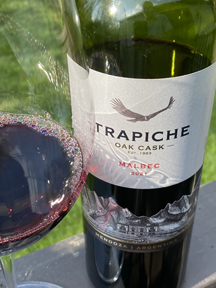
The 2021 Trapiche Malbec had an opaque dark violet color with a black hue. The color was highlighted with a dark ruby rim. The 13.5% alcohol wine was very aromatic. It brought back memories of a forest floor after a light summer rainfall. The aroma also was reminiscent of black fruits. On the taste black cherries were joined by black raspberries, violets, and an earthy background. On the finish the fruit yielded to baking spices.
The 2021 Trapiche Cabernet Sauvignon had a translucent dark ruby color with a violet hue. The young aroma expressed black fruits. The taste offered blackberries, cinnamon and cloves. The full bodied wine had medium tannins. On the finish, fruit yielded to baking spices. The 13.5% alcohol wine was aged in oak barrels for nine months.
Recipes from Trapiche
Be sure to check out the Trapiche Winery website for four special recipes. That include Sangria, Chicken Fajitas, Pork Carnitas and Guacamole. Perhaps one of these recipes along with a Trapiche wine would be perfect for celebrating Memorial Day.
Cheers,
Terry & Kathy
-1.5in.jpg)


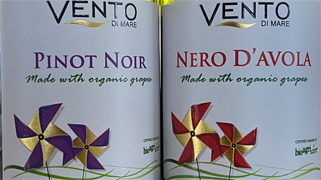 The 2021 football season is coming to an end on Sunday, February 13th with a clash between the Los Angeles Rams and the Cincinnati Bengals. For many, this is a day of parties and party foods. Chips, dips, finger foods, spicy relishes and a myriad of taste treats abound. What wine can pair with such a range of foods? We tasted two value wines from Sicily that would easily meet the Super Bowl party foods challenge.
The 2021 football season is coming to an end on Sunday, February 13th with a clash between the Los Angeles Rams and the Cincinnati Bengals. For many, this is a day of parties and party foods. Chips, dips, finger foods, spicy relishes and a myriad of taste treats abound. What wine can pair with such a range of foods? We tasted two value wines from Sicily that would easily meet the Super Bowl party foods challenge.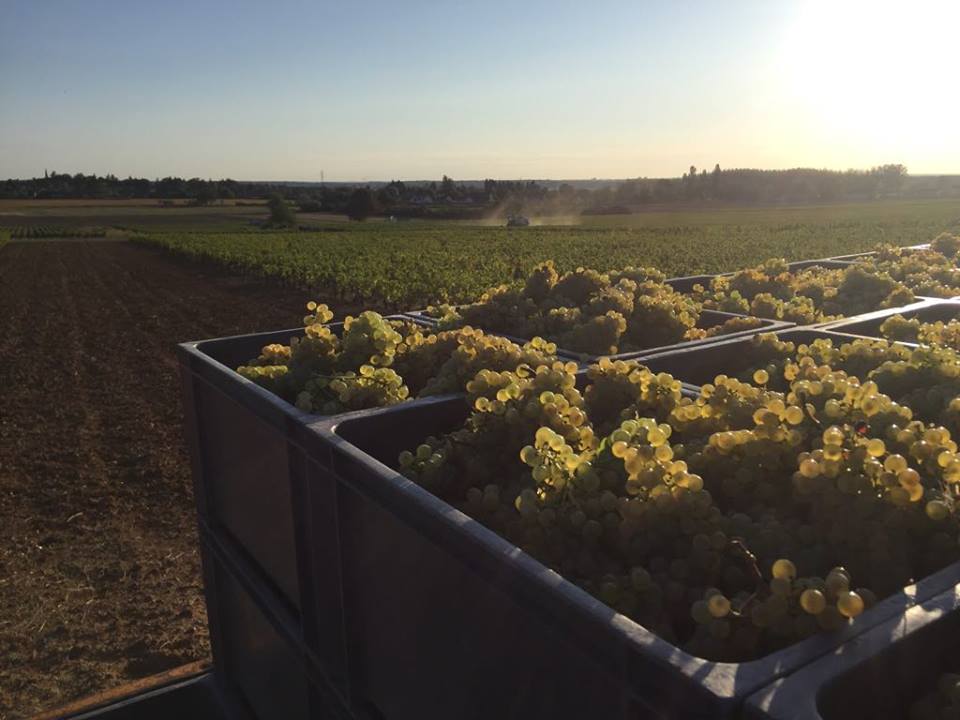

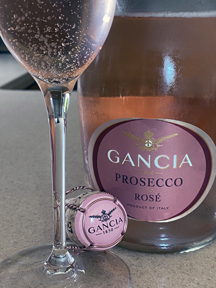



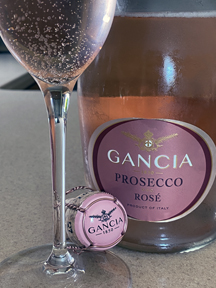
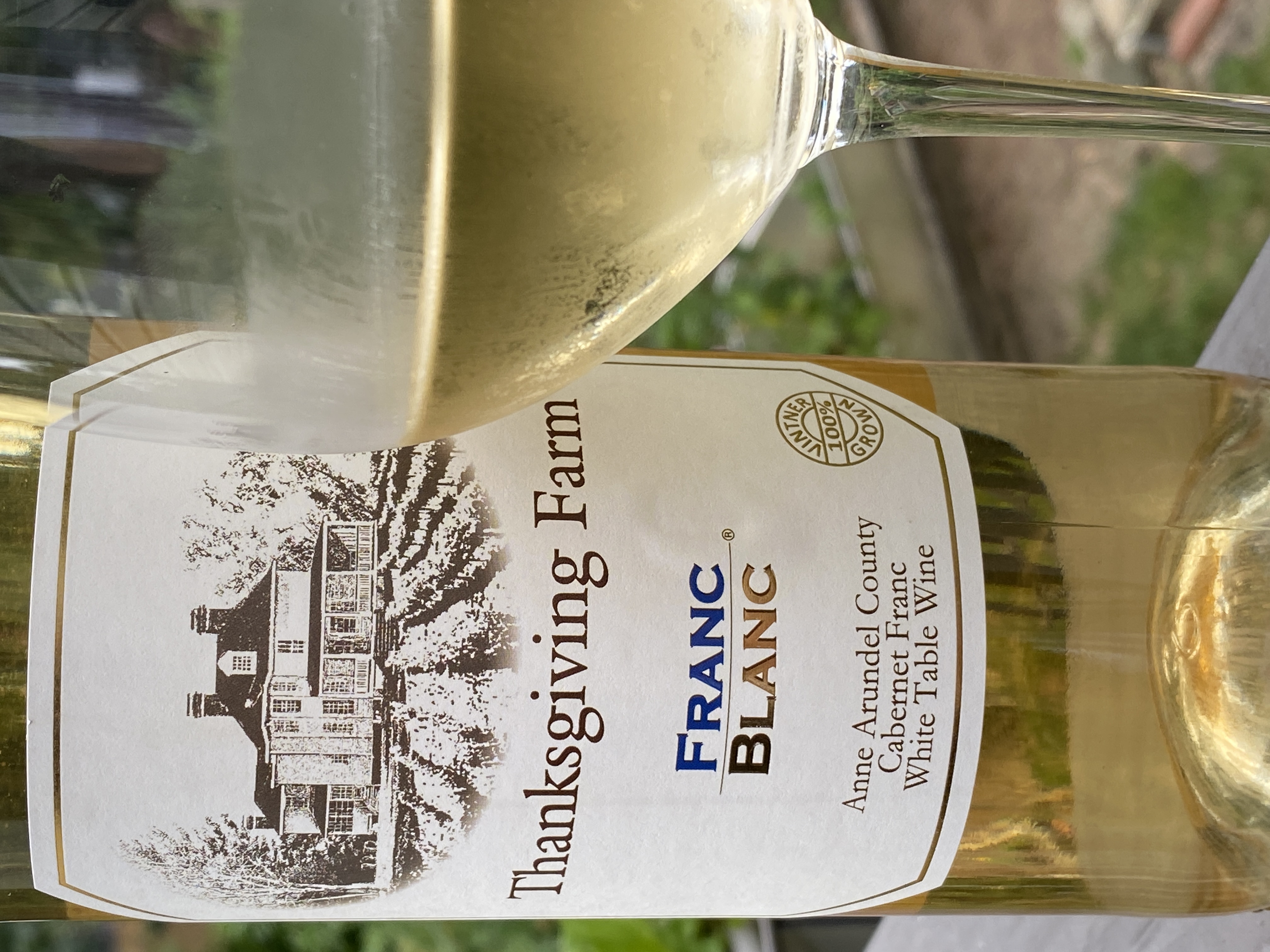


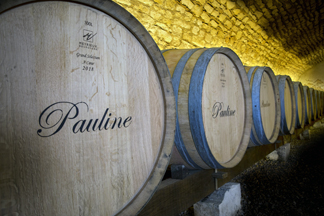
Wine Sip Notes: Pinot Noir
Wine enthusiasts are often intrigued not only with the enjoyment of a well-made wine but are interested in knowing more about the makeup of a wine. To help people along the way, we have started writing short notes about wine grape varieties. This week the focus is on the ancient grape Pinot Noir.
Grape Variety: Pinot Noir
Species: Vitis vinifera
Pinot Noir Wine Styles: still wine, sparkling wine (especially champagne)
History: France is believed to be the origin of the Pinot Noir grape variety. The name Pinot Noir may have been from the French language. ( Pinot: pine and Noir: black)
Pinot Noir is an ancient grape variety that some claim dates back to the Ancient Romans in the 1st century. However, emphasis is placed on the mention of Pinot Noir in the 13th century.
The Pinot Noir grape is also related to Cabernet Sauvignon and Sauvignon Blanc. However; the parentage of Pinot Noir is unknown.
Where it Grows: Pinot Noir grapes enjoy cooler temperatures; this is one reason it grows well in Oregon, Burgundy and cooler parts of California, etc. Other areas we have visited that are important growers of Pinot Noir include Canada and New Zealand. The Pinot Noir grape is known to be difficult to grow partly due to the thin skin.
Synonyms we have come across: Pinot Nero (Italy) and Pino Crani (Croatia)
When traveling wine enthusiasts may come across many other synonyms for Pinot Noir.
Food to Pair: Consider pairing a glass of Pinot Noir with pork, beef/veal, duck, salmon and mushrooms.
Interesting Tidbits:
Enjoy a glass of Pinot Noir soon!
Kathy